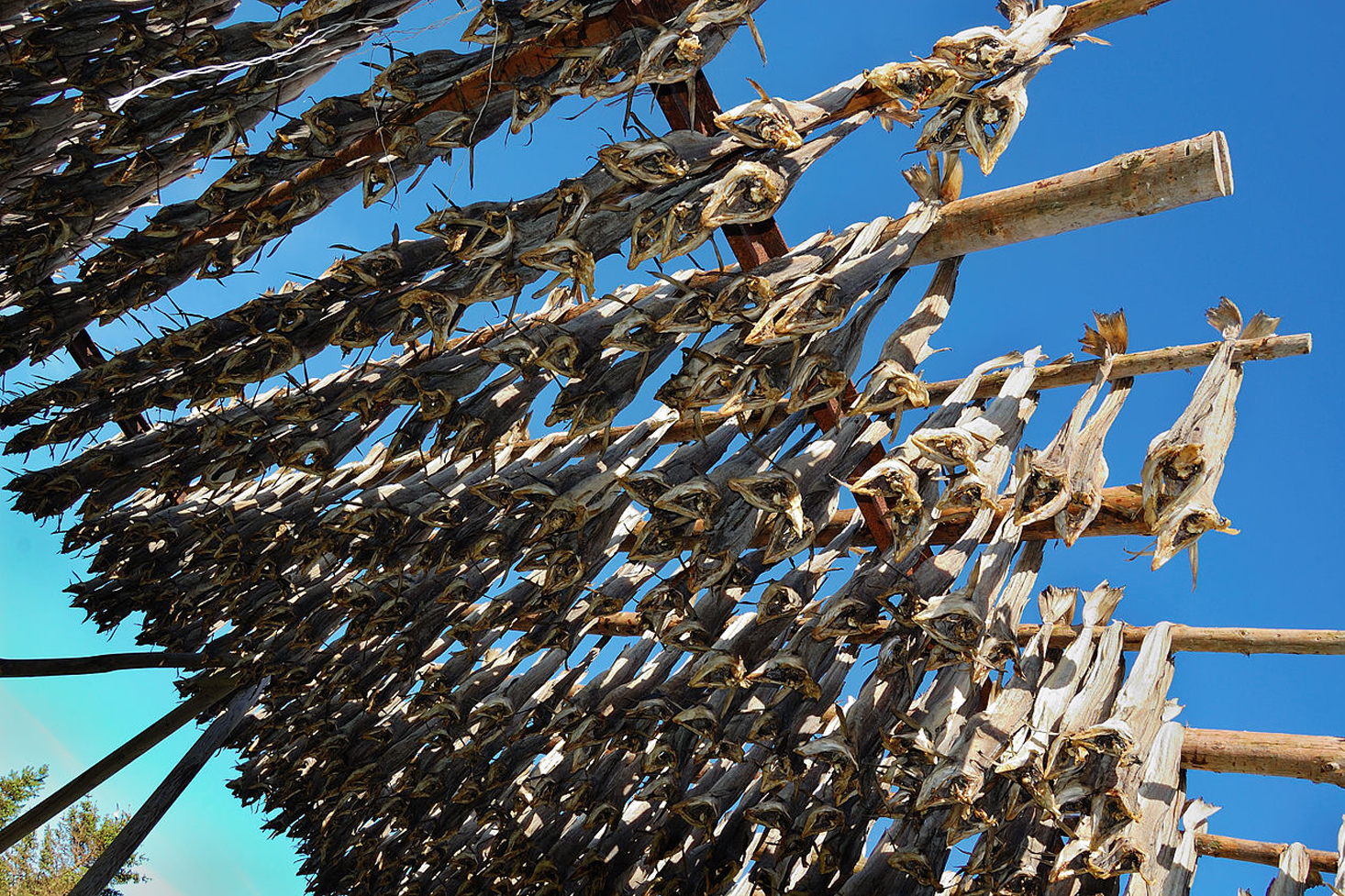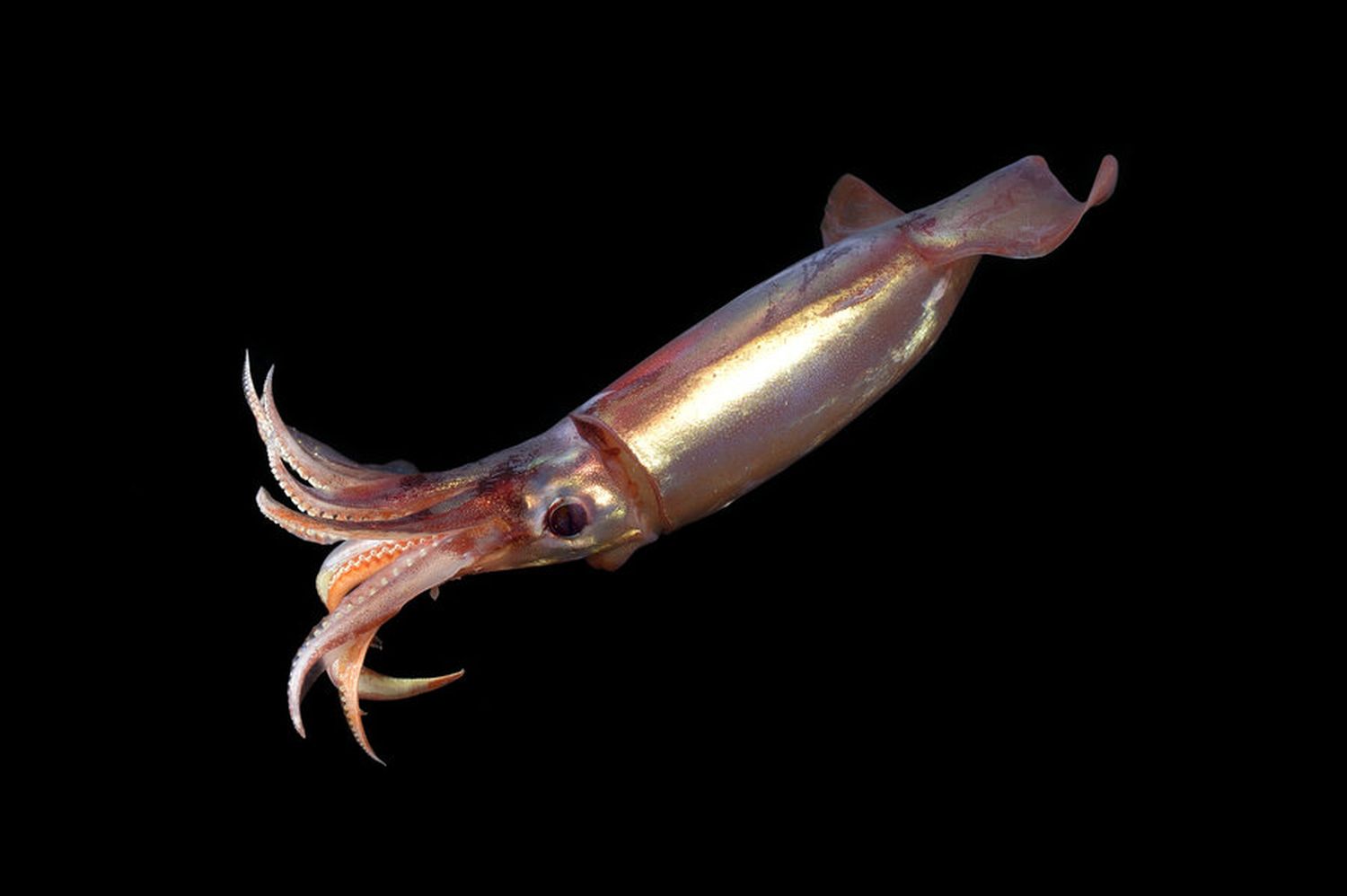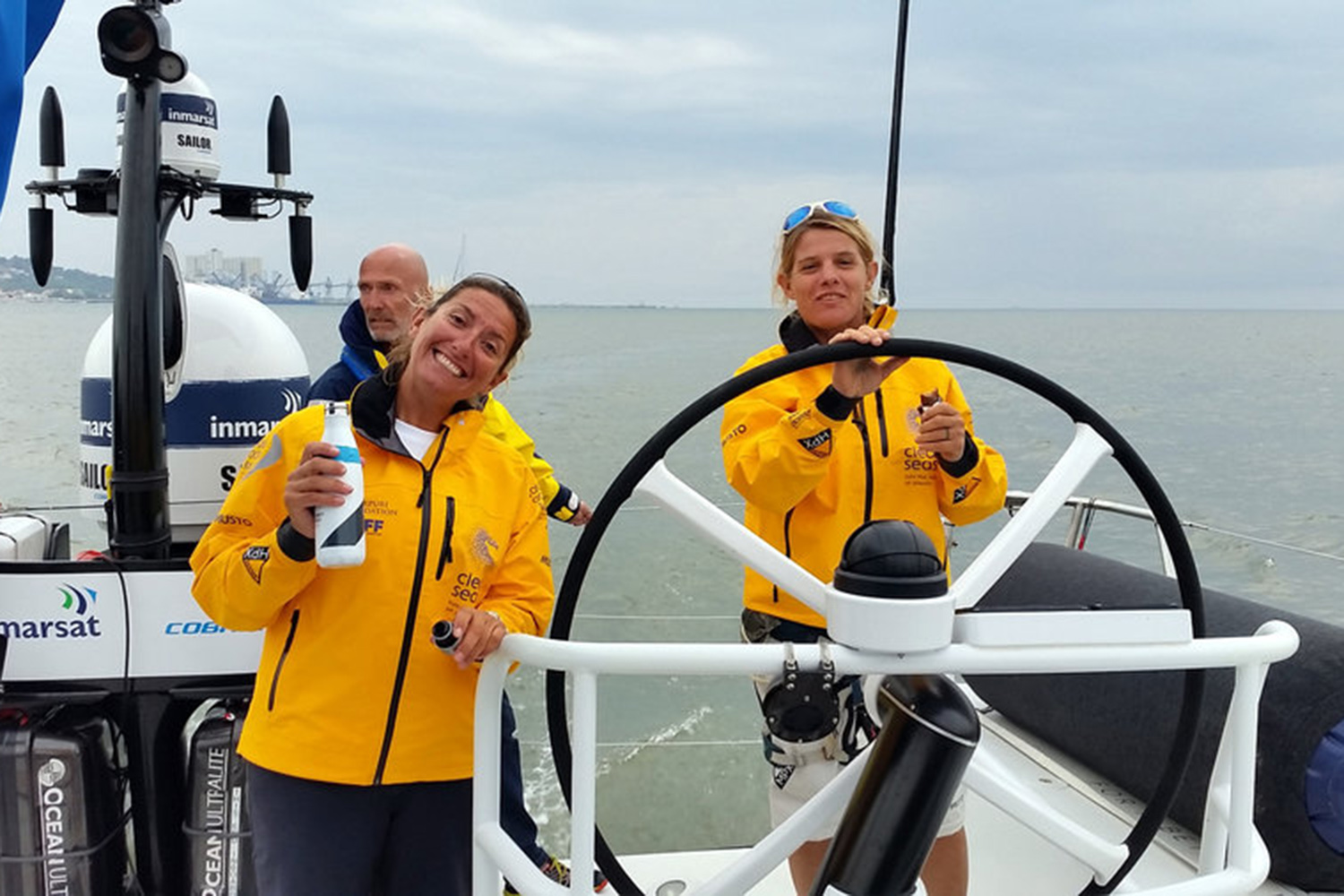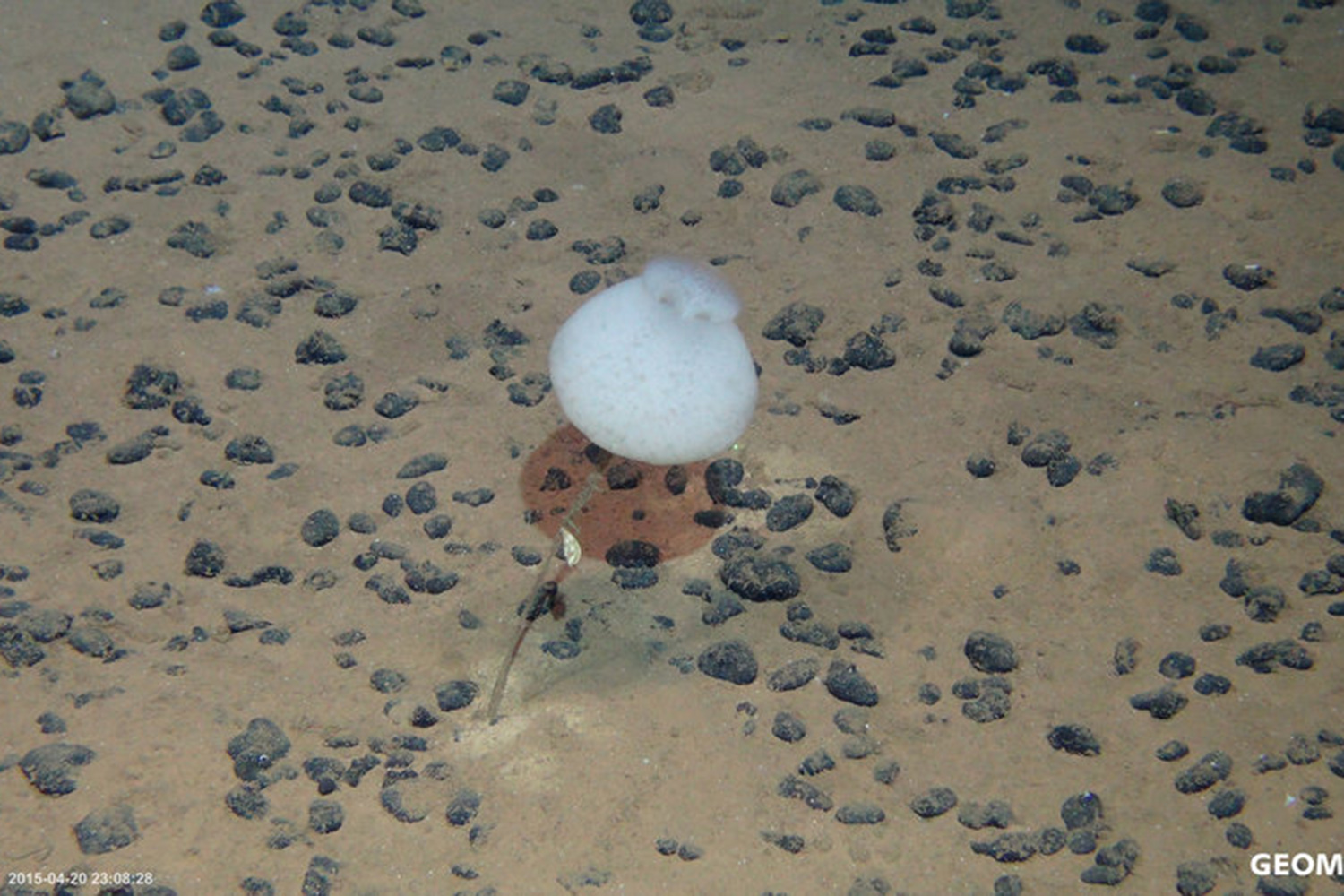Pineapple from Brazil, kiwis from New Zealand and coffee from Kenya: The supermarket displays of today provide an image of the global food trade network. But long-distance trade with food is not a new phenomenon. A popular historic example is dry and stockfish. Produced on the Lofoten Islands off the coast of Northern Norway and made from cod (Arctic cod), the merchants delivered it to Southern Europe at a large profit between the 13th and the 15th centuries. However, it is still disputed how long the dry fish trade with Northern Norway had already existed beforehand.
With the participation of the GEOMAR Helmholtz Centre for Ocean Research Kiel and the Centre for Baltic and Scandinavian Archaeology (ZBSA), an international science team under the leadership of the University of Oslo has now found proof that cod from Northern Norway and the Arctic was already on the menu of the people in Central Europe during the Viking age between 800 and 1100 A.D. "The cod which was eaten and traded, for instance, in Haithabu came at least partly from the Lofoten Islands," says co-author Jan Dierking, biologist at GEOMAR.
The scientists used new methods to gather old DNA from archaeological bone samples as well as recent genetic analytical methods for the study. In this manner, they were able to reconstruct the genome of cod which were found at different settlement sites of the Viking era and the Middle Ages, among them Haithabu near Schleswig. These samples were compared to the genomes of cod from today's stocks in the Eastern Baltic Sea, in the Oresund, in the North Sea, off the coast of the Lofoten Islands and in the Northeastern Arctic.
The first analyses have already shown: The fish bones found in Haithabu did not originate in the fishing areas of the nearby Baltic Sea. But first more detailed studies clearly indicated: The cod comes from the Northeastern Arctic, migrates upstream to spawn off the coast of the Lofoten Islands every year in winter and forms the basis of the fisheries there until today. "Attempts for similar studies have been tried earlier. But it is only through the reconstruction of entire genomes from archaeological fish bones, such as those achieved in this study, that it was possible to provide such clear results," says Dr. Dierking.
This demonstrates that trade with cod off the coast of the Lofoten Islands to Central Europe began more than 1200 years ago and therefore is much older than it was possible to prove until now. For the biologists from Kiel, the participation in the study was an interesting experience. "We regularly take tissue samples from today's Baltic Sea cod stocks. In this manner, we actually want to find out whether these stocks intermingle and how they adapt to changing environmental conditions," explains Dr. Dierking. "That our samples have now granted us to time travel into the Viking age was a nice experience from a scientific perspective, but also as a native Schleswig-Holsteiner," says Dr. Christoph Petereit from GEOMAR, also co-author of the study.
Original work:
Star, B., S. Boessenkool, A. T. Gondek, E. A. Nikulina, A. K. Hufthammer, C. Pampoulie, H. Knutsen, C. André, H. M. Nistelberger, J. Dierking, C. Petereit, D. Heinrich, K. S. Jakobsen, N. C.. Stenseth, S. Jentoft, J. H. Barrett (2017): Ancient DNA reveals the Arctic origin of Viking Age cod
from Haithabu, Germany. PNAS, http://dx.doi.org/10.1073/pnas.1710186114
Note:
The study was funded, among others, by the project BIO-C3, https://www.bio-c3.eu/
Contact:
Jan Steffen (GEOMAR, Communication & Media), Tel.: 0431 600-1816, presse@geomar.de
…



